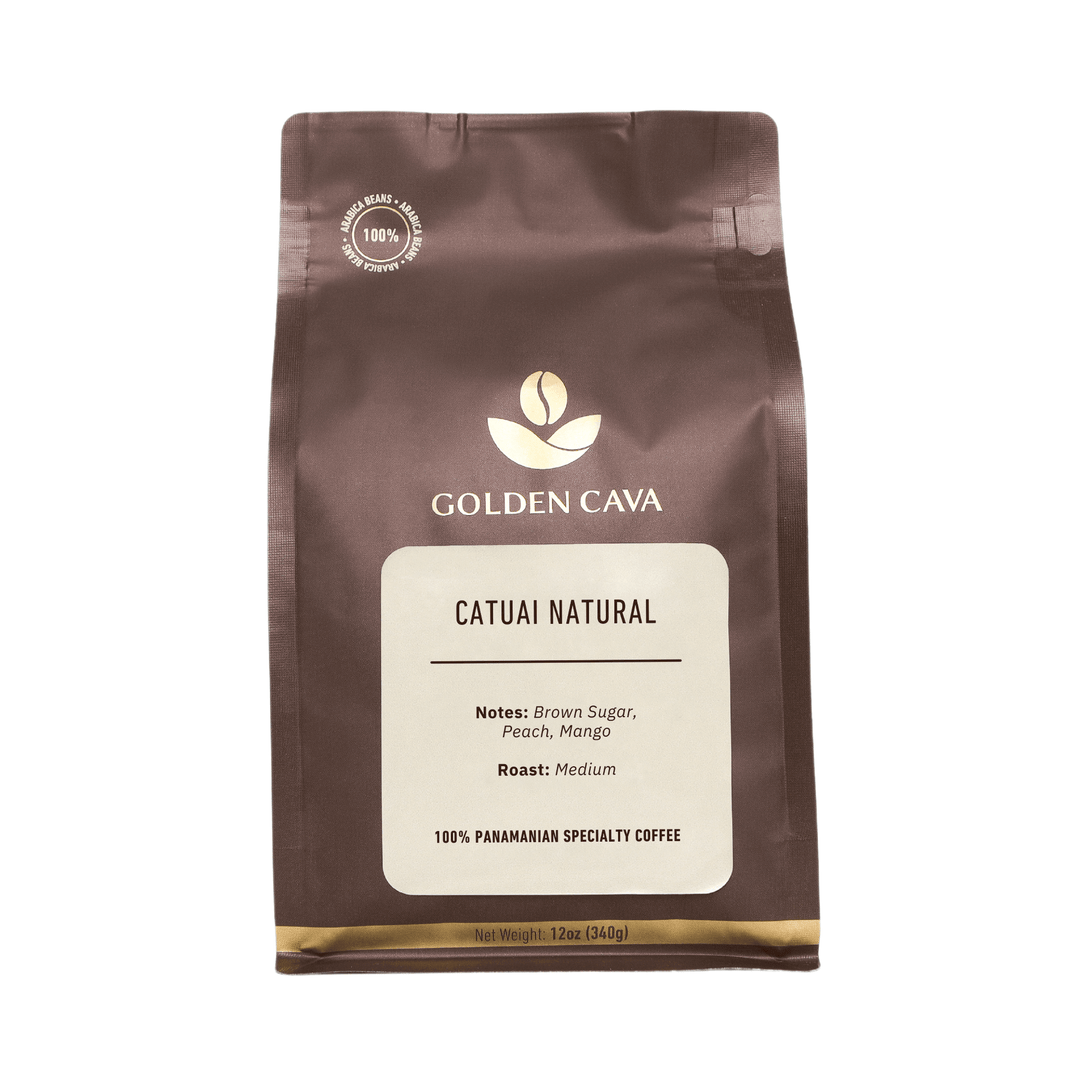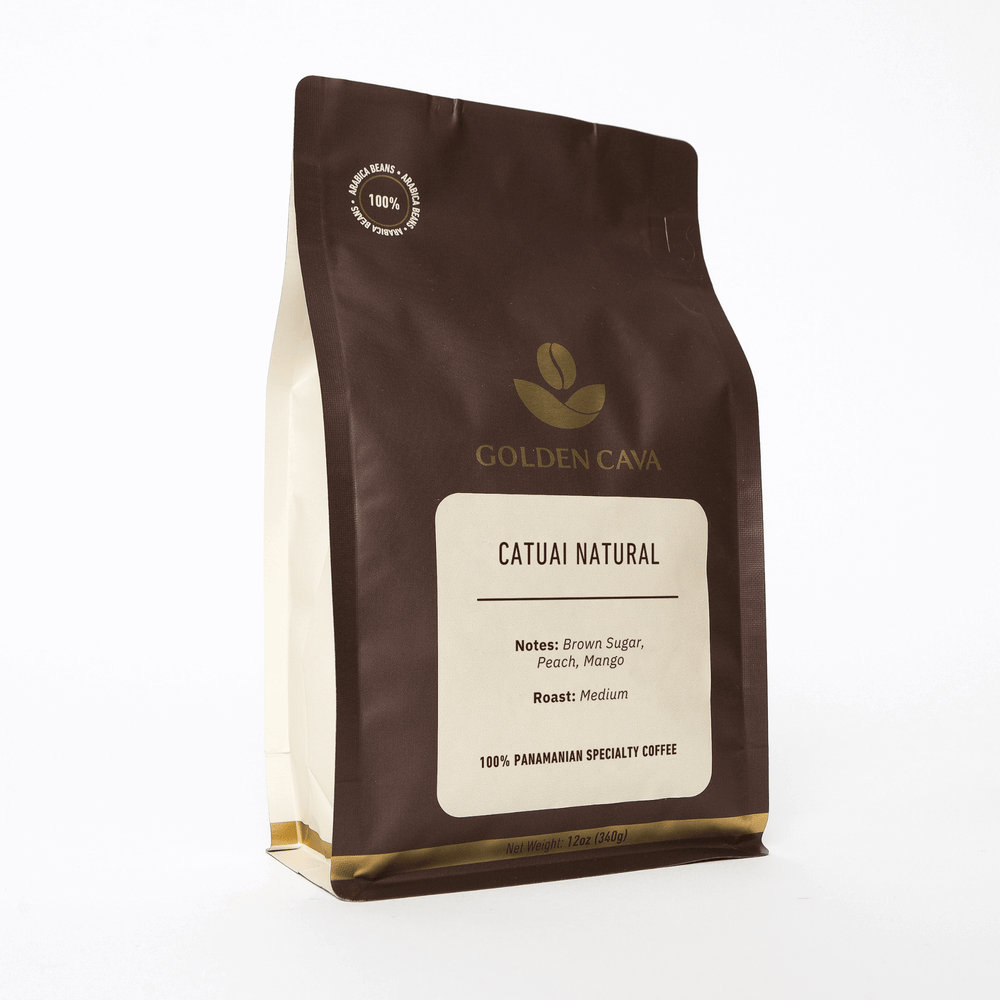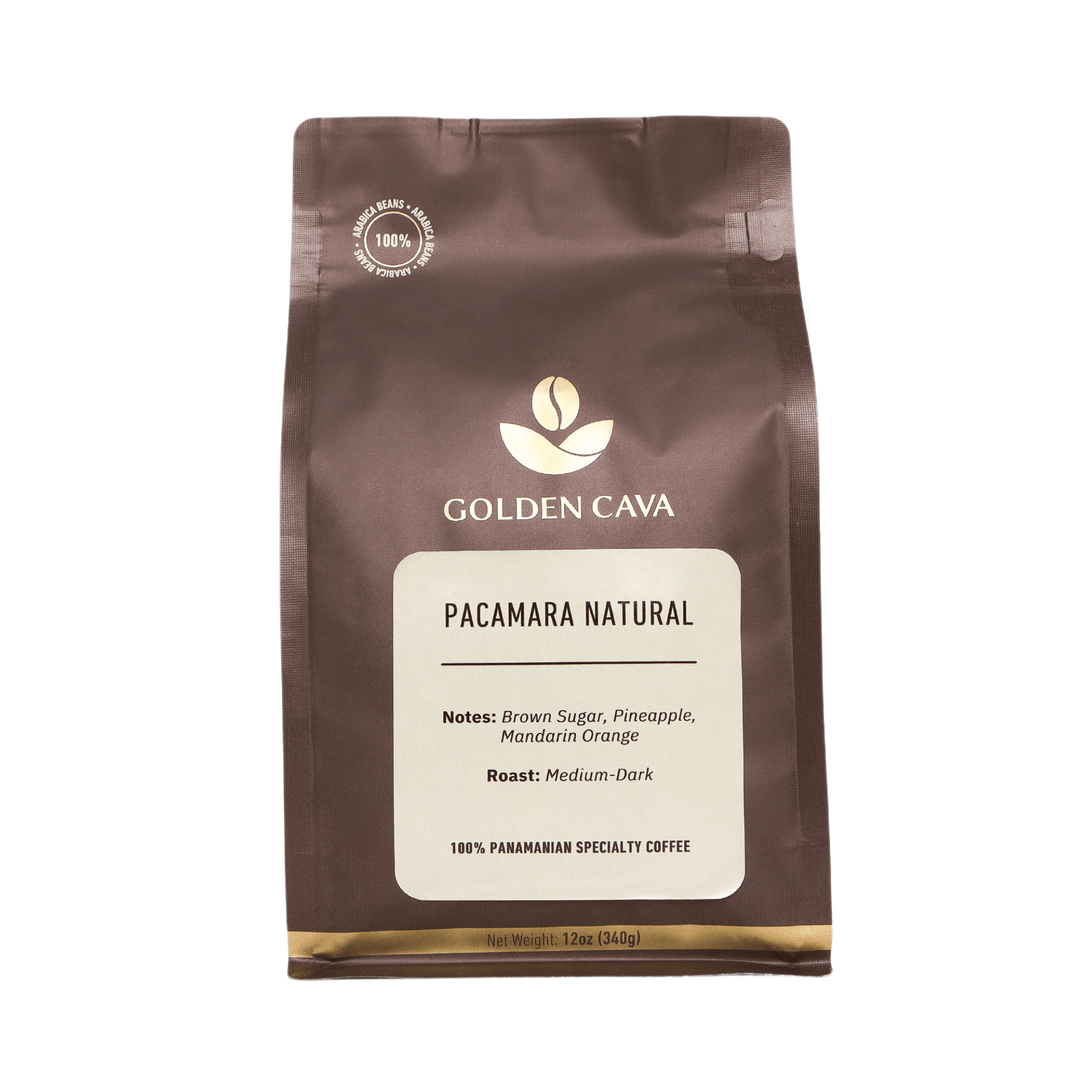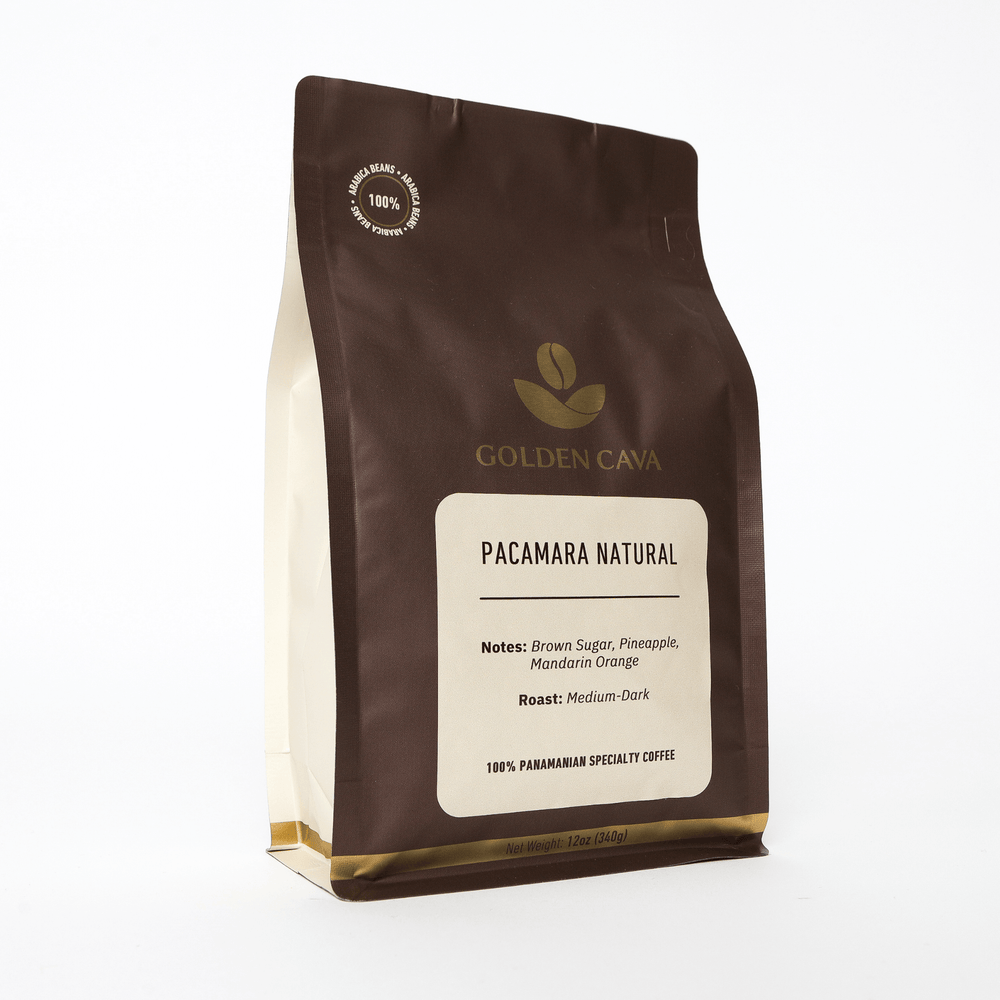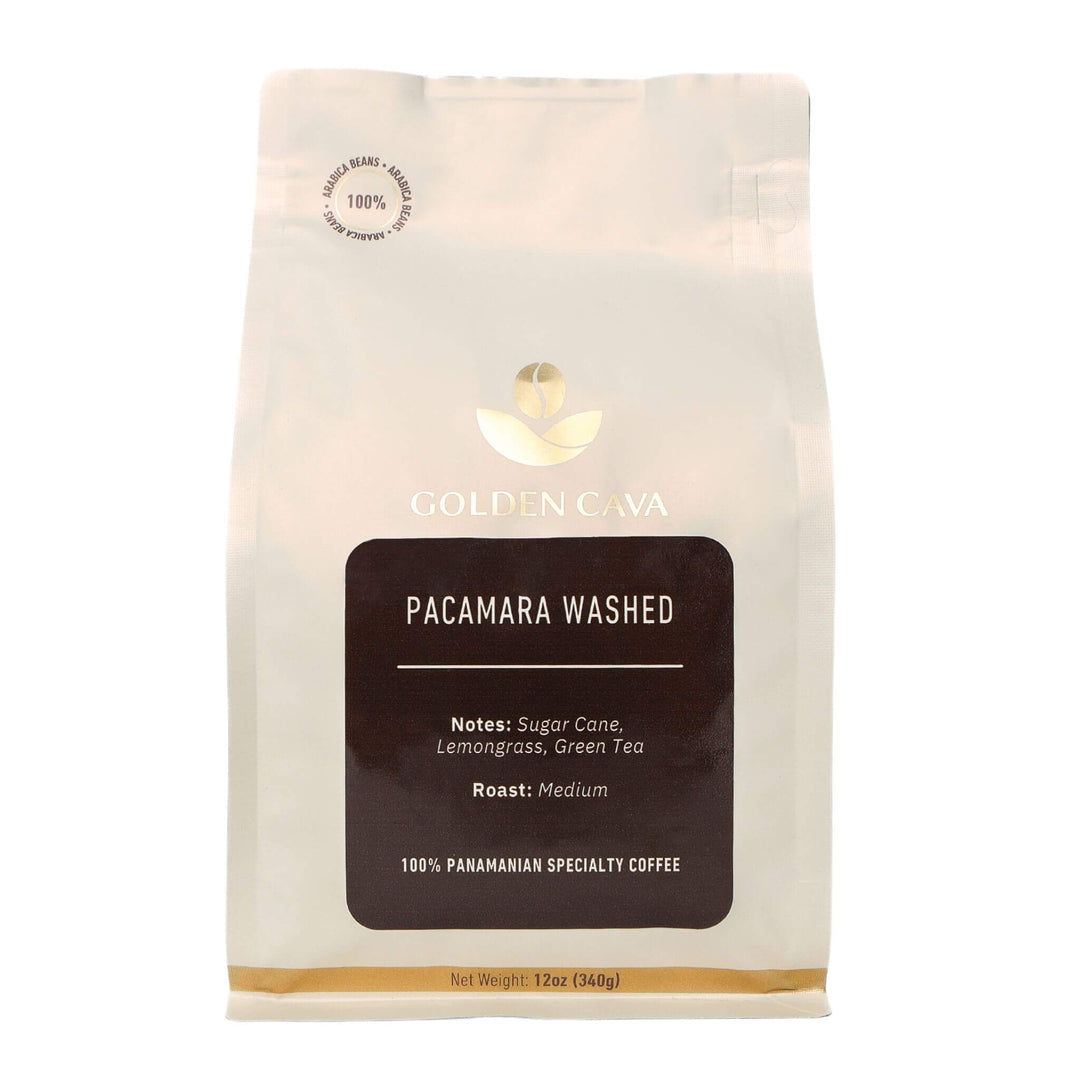What is Coffee Rust? A Deep Dive into Its Impact on Brews
What is coffee rust? It's a question that keeps many coffee lovers and farmers awake at night.
This isn't just about the flavor of your morning brew...
What is coffee rust, you ask again? It's a deadly fungus. A silent predator attacking our beloved coffee plants.
The stakes are high, folks. This tiny invader can bring entire plantations to their knees, compromising not only the quality but also the quantity of beans harvested.
Coffee connoisseurs may find their favorite blend tastes off one day... all because of this microscopic menace called coffee rust.
Table Of Contents:
- 1. What is Coffee Rust?
- 2. How Does Coffee Rust Spread?
- 2. How Does Coffee Rust Spread?
- 3. What are the Symptoms of Coffee Rust?
- 4. How Can Coffee Rust be Controlled?
- FAQs in Relation to What is Coffee Rust
- Conclusion
1. What is Coffee Rust?
Coffee rust, or Hemileia vastatrix in scientific terms, is a fungal disease that wreaks havoc on coffee plants worldwide. This fungus targets the leaves of these plants and significantly reduces their ability to produce high-quality beans.
The Composition of Coffee Rust
This destructive pathogen manifests as microscopic spores appearing like yellow-orange powdery spots on the underside of coffee plant leaves. As it progresses, these spots darken and become more pronounced, leading eventually to defoliation.
The primary victim? The Coffea Arabica species - those brilliant red coffee berries peeking from lush green foliage suddenly lose their vibrancy due to this infection, but other varieties such as Robusta are not immune either.
Rust's Impact on Global Coffee Cultivation
In recent years, we've seen how rust began regaining ground, affecting large-scale commercial plantations and smallholder farms alike across different continents, including Ethiopian farms cultivating coffee. Predicting its spread is based largely upon climatic conditions which favor growth for rust fungi.
It's essential for all stakeholders involved - national institutes, sponsored research teams, down to individual farmers whose livelihood depends solely upon crop yield - to stay vigilant against any signs indicative of an outbreak before it escalates out-of-hand.
Hence why organizations such as World Coffee Research see hybrids playing a significant role in future strategies aiming at boosting cultivated coffee's resilience against diseases, including CLR (Coffee Leaf Rust).
2. How Does Coffee Rust Spread?
Coffee leaf rust spreads via airborne spores produced by infected plants during rainy seasons or when humidity levels peak, where they thrive best. They can travel long distances carried by wind currents, infecting new areas rapidly with potential massive outbreaks if not managed promptly.
Farmers Beware: Even humans handling infected crops could inadvertently transport these harmful pathogens, thereby amplifying the risk further.
This means everyone from a small coffee farmer, who depends entirely upon his crop yield, right up to the largest coffee retailers, needs to be proactive in monitoring prevention efforts to ensure the supply chain remains unaffected as much as possible.
A destructive fungal disease, coffee rust's composition targets coffee plants globally and compromises bean quality. The fungus spreads via airborne spores during high humidity or rainy seasons, impacting both small farms and large plantations. Vigilance in spotting early signs of an outbreak is crucial for all stakeholders to prevent widespread damage.
2. How Does Coffee Rust Spread?
Coffee rust, a disease that has been plaguing coffee plantations globally for decades, spreads through airborne spores capable of infecting new plants over vast distances. This method of transmission makes it particularly difficult to control and prevent.
Airborne Spores: The Primary Culprits
The fungus responsible for coffee rust produces these minute spores which easily become airborne in the right conditions. In humid environments with temperatures between 10-30°C (50-86°F), typical in most coffee cultivation regions, these spores can survive longer periods making them even more dangerous.
Coffee Varieties Susceptibility
All commercially grown varieties of Coffea arabica—the species contributing around 70% global production—are susceptible to this fungal pathogen to some degree. However, certain wild relatives have shown resistance against rust but their potential as sources for boosting cultivated coffee's resilience needs further research.
- This susceptibility was dramatically demonstrated when the rust began regaining ground in Central America around 2010 after decades due to its ability to adapt quickly.
- Farm management practices also play an important role—overcrowded trees with poor airflow encourage moisture retention, thus creating ideal conditions for rust proliferation while inadequate sanitation measures leave behind infected debris serving as reservoirs for future outbreaks.
- Rising temperatures due to climate change may be exacerbating this problem—with warmer winters allowing more fungi survival during off-seasons leading potentially towards year-round infections—a trend observed at Elmer Gabriel's Coffee Plants farm among others.
Innovation is Key Against Rising Costs
The nonprofit called World Coffee Research sees hybrids bred from multiple parent lines, including those carrying robustness traits from wild relatives, as one promising strategy to boost cultivated coffee's resilience. It is one of the strategies pursued currently towards handling rising costs threatening livelihoods globally—from smallholder farmers like Ethiopian farms cultivating predictably each season down to the largest retailers depending upon consistent supplies.
This complex issue requires ongoing vigilance coupled with innovative solutions rooted firmly within sustainability principles, ensuring not just survival but thriving futures ahead—for both our beloved bright-red cherries hiding precious beans inside and the countless people whose lives revolve around them.
Coffee rust, an airborne fungal disease, is a global threat to coffee crops, particularly the Coffea arabica species. The fungus thrives in humid conditions and can adapt quickly making it hard to control. Innovative solutions like breeding resistant hybrids and improved farm management practices are crucial for sustainable coffee production.
3. What are the Symptoms of Coffee Rust?
Coffee rust is a notorious disease that plagues coffee plants around the globe, including those in Ethiopian farms cultivating coffee and in coffee plants around the coffee belt. The symptoms can vary based on several factors such as how advanced the infection is or which strain of rust fungi has attacked.
The most common signs to look out for when inspecting your own plantations have been detailed below:
Yellow Spots on Leaves
In its early stages, you might notice small yellow spots appearing on top surfaces of leaves - this is usually an initial symptom hinting at the presence of spores produced by the rust fungus. As these lesions mature over time, they turn into a distinctive orange color eventually covering large parts of leaf tissue.
Defoliation
If left untreated, these infected leaves will drop prematurely leading to defoliation, loss of foliage, and vital photosynthesis energy production in any plant, thus affecting overall health and vigor. This could lead some varieties to be more susceptible than others, highlighting the need for further research on different coffee species' resilience against diseases like this one. In fact, a nonprofit called World Coffee Research sees hybrids (crosses between two distinct species) as a promising solution towards boosting cultivated coffee's resilience against threats like rust fungi, thereby securing the future global supply chain from the largest retailers down to the smallest local shops all around the globe.
Beyond Visible Signs: The Hidden Impact
Apart from visible signs like yellow spots and premature leaf fall, it's important not just for national institutes and sponsored researchers but also for regular farmers handling costs effectively to understand that there may be hidden effects too, ones that cannot be seen with the naked eye yet significantly impact productivity over time. For instance, studies have shown that before visual signs appear, a substantial amount of damage is already done internally within cells where essential processes take place, causing a decline in vitality and growth, ultimately resulting in fewer bright-red cherries peeking through the lush greenery during the harvest season.
Coffee rust is a silent killer of coffee plants, with symptoms like yellow spots on leaves and premature defoliation signaling its presence. However, the real damage occurs beneath the surface, disrupting essential cellular processes before visible signs even appear. This hidden impact reduces plant vitality and yield, threatening both small-scale farmers and global supply chains.
4. How Can Coffee Rust be Controlled?
Coffee rust, a plague that can decimate coffee plantations and cripple the industry, is no small adversary to tackle. But fear not. There are proven methods in place to keep this fungal menace at bay.
Let's delve into these strategies designed specifically for handling rust costs and preserving those brilliant red coffee berries peeking from their green leaves.
Fungicides: A Primary Defense
The first line of defense against coffee leaf rust often involves fungicides. However, it's crucial to remember that overuse or misuse could lead to resistance within the very same fungi we're trying hard to eradicate.
To prevent such scenarios on farms where beloved bright-red cherries are under threat by this disease, farmers need careful application following specific guidelines when using these chemicals as part of an integrated pest management strategy. This ensures both effectiveness and sustainability in our fight against this relentless enemy.
Moving Forward with Resistant Varieties
In addition to chemical solutions, another promising approach lies within genetics itself - cultivating resistant varieties of beans. World-renowned organizations have been investing time and resources into creating hybrid strains resilient towards diseases including rust while maintaining quality taste profiles loved by all caffeine enthusiasts out there. Ethiopian farms cultivating coffee predict success through growing varietals known for inherent resistance without compromising bean quality or yield output - truly a win-win scenario.
Better Soil Drainage: An Unsung Hero
Last but certainly not least is improving soil drainage which plays an equally significant role in managing fungal infections because wet conditions facilitate growth propagation of spores thereby causing further infestations across plantations.
Case studies have shown that implementing better water management systems significantly helped control outbreaks within plantation areas. This included constructing proper irrigation channels ensuring excess water did not stagnate around roots thus preventing conducive environments for fungus development.
While each method has its own merits, what really matters at the end of the day is a combination of techniques tailored to the unique needs of individual farmers and plantations, together with diligence and regular monitoring, to ensure the continued survival and thriving of our favorite morning brew amidst the challenges posed by nature and mankind alike.
Don't let coffee rust grind your beans. Control methods include careful fungicide use, cultivating resistant bean varieties, and improving soil drainage. But remember - it's not a one-size-fits-all solution; strategies must be tailored to each farm's unique needs for an effective brew rescue.
FAQs in Relation to What is Coffee Rust
What is coffee rust?
Coffee rust is a harmful fungal disease that attacks coffee plants, leading to reduced bean production and lower quality harvests.
What is the importance of coffee rust?
The significance of coffee rust lies in its devastating impact on global coffee production, affecting crop yields, bean quality, and increasing costs for farmers.
What is the history of coffee rust?
Coffee Rust first emerged in East Africa during the mid-1860s. It has since spread globally, causing significant losses in major coffee-producing regions like Latin America.
Which pathogen is responsible for rust disease of coffee?
The fungus Hemileia vastatrix causes Coffee Rust. This pathogen primarily affects leaves but can also infect young stems and berries if conditions are favorable.
Conclusion
So, we've journeyed through the world of coffee rust. A fungal foe that poses a real threat to our beloved brew.
We've discovered what is coffee rust and how it spreads - riding on air currents and infiltrating plantations far and wide.
Its telltale signs? Yellow spots, defoliation, reduced yields. Symptoms that spell disaster for farmers and coffee lovers alike.
But all is not lost! We can fight back with fungicides, resistant varieties of plants, better soil drainage...
The battle against coffee rust continues. Its impact reaches from the farmer's field to your morning cuppa - reducing yield quality and quantity while hiking up costs.
If you're as passionate about quality coffee as we are at Golden Cava, join us in promoting sustainable practices that help combat threats like coffee rust. Visit our website, explore our specialty coffees sourced responsibly from around the globe or consider subscribing for regular deliveries right to your doorstep.

